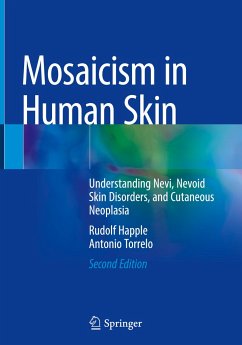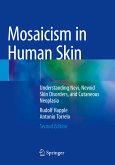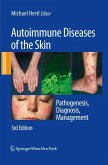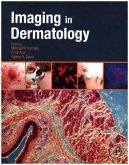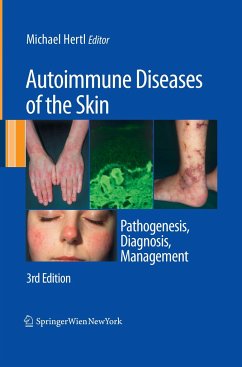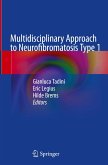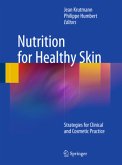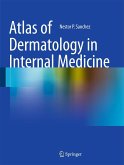This second edition offers a fully revised and updated work on a rapidly growing field of knowledge, and was prepared by two experts whose goal was to explain the molecular basis of mosaic skin disorders in a language that is accessible for practicing physicians and medical students alike. It presents a timely and comprehensive overview of the strikingly manifold patterns and peculiarities of mosaic skin disorders in a straightforward, reader-friendly way that will help physicians to further improve genetic counseling and treatment outcomes.
The first two parts of the book are devoted to the mechanisms and patterns of cutaneous mosaicism, and include an explanation of genomic and epigenetic mosaicism and a description of the archetypical segmental patterns including the lines of Blaschko and the flag-like, phylloid and lateralization pattern, the non-segmental pattern of large congenital melanocytic nevi, and the sash-like arrangement as noted in a particular type of cutis tricolor. The concept of lethal mutations surviving as mosaics has now been confirmed by molecular analysis in many sporadically occurring phenotypes. The difference between monoallelic and biallelic traits has deepened our understanding of hereditary mosaics, especially of multiple benign skin tumors. Moreover, recognition of the fundamental difference between the simple segmental and the superimposed types of mosaicism is important for the purpose of genetic counseling. In the third part, the various mosaic skin disorders are examined in depth, including nevi, didymotic disorders, other binary genodermatoses, mosaic manifestations of autosomal skin disorders, and nevoid skin disorders such as phenotypes reflecting functional X-chromosome mosaicism or a superimposed mosaic manifestation of common skin diseases with a polygenic background. Reader-friendly and clearly structured, Mosaicism in Human Skin will appeal to both experienced dermatologists and residents in training, as well as to medical geneticists and pediatricians.
Hinweis: Dieser Artikel kann nur an eine deutsche Lieferadresse ausgeliefert werden.
The first two parts of the book are devoted to the mechanisms and patterns of cutaneous mosaicism, and include an explanation of genomic and epigenetic mosaicism and a description of the archetypical segmental patterns including the lines of Blaschko and the flag-like, phylloid and lateralization pattern, the non-segmental pattern of large congenital melanocytic nevi, and the sash-like arrangement as noted in a particular type of cutis tricolor. The concept of lethal mutations surviving as mosaics has now been confirmed by molecular analysis in many sporadically occurring phenotypes. The difference between monoallelic and biallelic traits has deepened our understanding of hereditary mosaics, especially of multiple benign skin tumors. Moreover, recognition of the fundamental difference between the simple segmental and the superimposed types of mosaicism is important for the purpose of genetic counseling. In the third part, the various mosaic skin disorders are examined in depth, including nevi, didymotic disorders, other binary genodermatoses, mosaic manifestations of autosomal skin disorders, and nevoid skin disorders such as phenotypes reflecting functional X-chromosome mosaicism or a superimposed mosaic manifestation of common skin diseases with a polygenic background. Reader-friendly and clearly structured, Mosaicism in Human Skin will appeal to both experienced dermatologists and residents in training, as well as to medical geneticists and pediatricians.
Hinweis: Dieser Artikel kann nur an eine deutsche Lieferadresse ausgeliefert werden.

